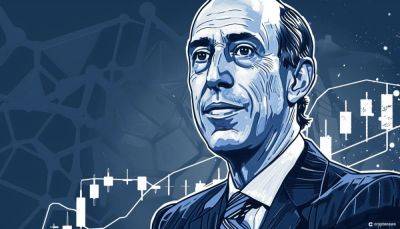India’s development landscape has undergone a structural shift
₹789 and ₹967 respectively. The Fact sheet indicates that rural and urban inflation from 2011-12 to 2022-23 recorded compounded annual rates of 5.7% and 5.6%, respectively. Hence, rural and urban poverty lines for the HCES 2022-23 are ₹1,452 and ₹1,752 per capita per month, respectively.
What are the results on poverty? A historic fast-paced decline from 12.2% poor in 2011-12 to only 2% now. This is according to the World Bank’s extreme poverty line of PPP $1.9 per capita per day. This implies that extreme poverty has almost been eliminated in India, especially since this level is obtained without adding poverty declines thanks to free food, among other things.
I have long argued for a higher poverty line in India, one that befits the improved status of the population. Data indicates that it should be even higher than the 68% higher PPP $3.2 poverty line. By this, in 2011-12, more than half our population (53.6%) was poor; in 2022-23, poverty reduced to just 21% (25% in rural areas and 12% in urban areas).
The aggregate decline in PPP $3.2 poverty is thus more than 30 percentage points in a short space of 11 years. This fast pace of poverty decline has never been observed in India before, and is rare in the rest of the world. More results.
For the first time in Indian history, inequality has declined in both rural and urban areas. This is a very rare event even elsewhere, and points to strong redistribution under the growth policies of the Narendra Modi government. The Gini coefficient (multiplied by 100) for rural India has declined from 28.7 in 2011-12 to 27.0 in 2022-23; urban inequality fell sharply from 36.7 to 31.9.
Read more on livemint.com





















